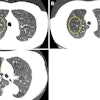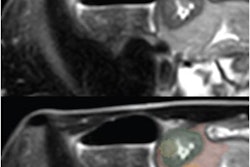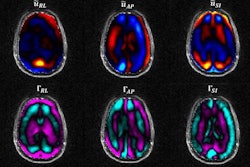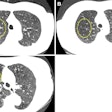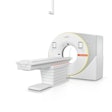A study presented at the American Roentgen Ray Society (ARRS) meeting found that MR enterography (MRE) was superior to CT enterography (CTE) for diagnosing fibrosis in pediatric Crohn's disease patients. MR and CT were equally sensitive for diagnosing active inflammation.
Dr. Keith Quencer and colleagues from Massachusetts General Hospital found that MR enterography detected more than three-fourths of fibrosis compared to a little more than half for CT enterography.
The study examined 23 patients with Crohn's disease who were undergoing CTE for various symptoms, who also underwent MRE during the same visit. Two pediatric radiologists independently looked for lymphadenopathy, bowel wall thickening, mesenteric inflammation, and abscess formation. Histologic information from 51 segments resected after the exams served as the reference standard.
MRE was 77.6% accurate in depicting fibrosis, compared with 56.9% for CT enterography, the group reported. MR enterography was 82.1% accurate for depicting active inflammation, compared with 77.6% for CTE.
Crohn's disease is chronic, with patients often requiring frequent imaging studies due to symptom recurrence, Quencer noted. MRE should be considered as part of the effort to minimize radiation dose, particularly in the pediatric population, he said.



